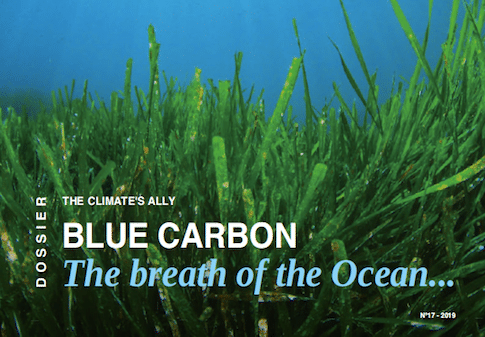
In the coming battle to find a way of dealing with climate change, the Ocean is a key ally. By absorbing much of the carbon in the atmosphere, it offers the planet another chance to go on breathing.
Three experts tell us all about Blue Carbon:
Laurent Bopp, Director of Research CNRS (French National Scientific Research Centre) at the Laboratoire de Météorologie Dynamique (LMD, Laboratory of Dynamic Meteorology), Institut Pierre-Simon Laplace (IPSL), Paris, explains the mechanisms which give our oceans this ability to store carbon.
Dorothée Herr, Manager, Oceans and Climate Change, International Union for the Conservation of Nature (IUCN), explains how blue carbon can play a role in the international policies for combating climate change.
Finally, Chloë Webster, Marine Environment Scientific Consultant, a Mediterranean specialist, explains how the MPAs are key management tools for the preservation of biodiversity and one of the responses to climate change.
Ocean, climate, biodiversity: the vital equation
Everything is linked. And we must at all costs preserve the fragile equilibrium of the interactions between Ocean, climate and biodiversity, as Patricia Ricard, President of the Institute, points out in the Editorial. Preserving the ocean means enabling it to continue to play this vital role, to be the breath of life for the planet. By protecting its habitats, we can succeed in maintaining the biodiversity, which is at the source of .. the blue carbon. All is not lost, we still have our hands on the controls, but we must act now !
Read on !






















